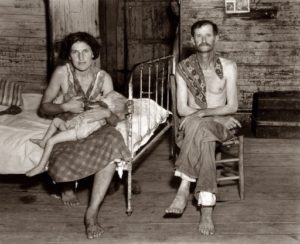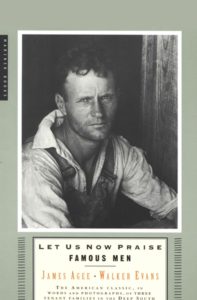My personal investigation looks at my grandparent’s lifestyle and how it has been influenced by the time period they grew up in, the 1940’s. I have explored the influence of religion and spirituality, gender roles within the family structure and social norms during this time period which are still present in their lifestyle to this day. Appropriately, I chose the art movement of realism to influence the stylistic features of my imagery to create the narrative of my grandparent’s life style. Realism photography looks at documentary photography and photojournalism to capture life how it is, whilst occasionally raising social and cultural issues. With my topic being based in my grandparent’s lifestyle, I felt that using documentary photography would be the most appropriate to showcase this, thus drawing connections with realism. Moreover, my work is aimes to look at social norms and family structure, such as the wife being a housewife whilst the husband provides for the family, which illuminates social issues which still subtly influence today’s society.

The art movement of realism and straight photography looks at creating imagery which showcase life how it is. The movement emerged in the 1840’s, which retaliated against pictorialism which suggests photographs have to look like a drawing or painting. Artists who work within this area look at raising social and cultural issues relevant within society at that time, in order to make the audience aware of this issue in hope something can be done to make a change, which presents the convention of social reform. This area looks at documentary photography and photojournalism to document the events which are occurring. Within this art movement artists stick to the original techniques of photography, the use of photography for science, to create detailed, sharp images showcasing real life.

Walker Evans is a key photographer who has influenced my investigation through his ‘Let Us Now Praise Famous Men’ photographic series. In this he aims to document the lives of sharecropping families, those who are forced into labour which involves them having to look after the land and in return they gain a share of the crops produced on their portion of land. His work falls into the movement of realism, as the series produces imagery which showcase the families’ lives as well as drawing cultural issues at the time, with strong political views being produced from Evan. In addition, his work looks at capturing lifestyle, which is similar to my project, which enhances my understanding and approach to capturing the lifestyle of my family, which has allowed me to consider the conceptual and contextual elements in a new way.
